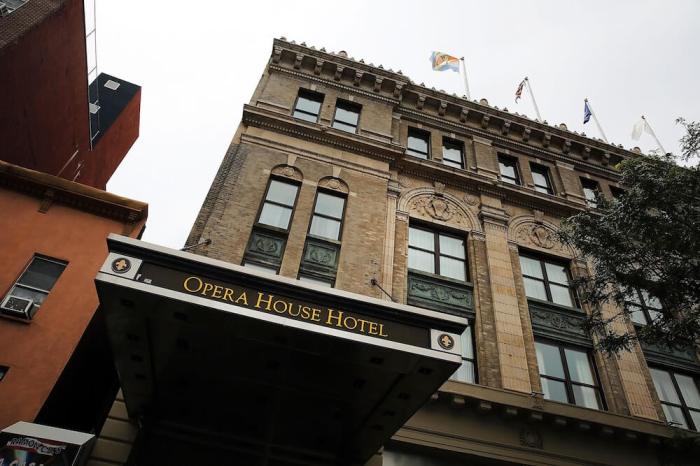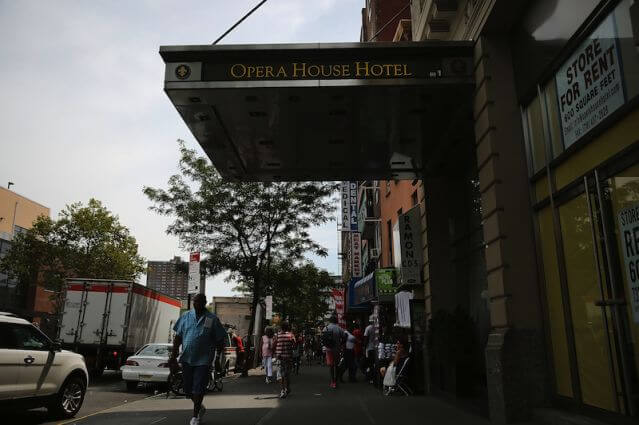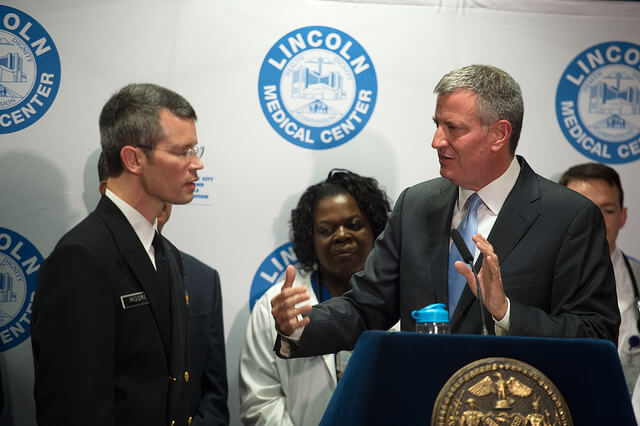After about an hour of sitting in the basement of an Upper West Side church, Carmen Quinones grabbed her coat and walked out in the middle of a community presentation on how the neighborhood can rid itself of rats. Quinones, 56, lives less than a 10-minute walk away, in the Frederick Douglass Houses on Amsterdam Avenue, where tenants have been fighting rats for longer than Quinones can remember. She moved in 41 years ago. A new pilot program run by the city’s Department of Health that targets the rats in her neighborhood doesn’t target public housing across the city afflicted with rats.
“This meeting isn’t for us,” Quinones said after she walked out from the church. “When you have something like this, you have to include everybody.”
The rat problem at Douglass Houses and in the Manhattan Valley project between Riverside and Central Parks is well-documented.
To combat a growing rat problem across the city, the Health Department recently launched a “rat reservoir” pilot program in six neighborhoods. The aim is to cull rodent populations in neighborhoods with persistent infestations by partnering with public and private property owners to control rats. New York City Housing Authority properties as a whole are not part of the program.
“Some of the neighborhoods selected for the limited pilot include parks, NYCHA housing, public schools and other government managed properties as well as privately owned commercial and residential buildings,” a spokeswoman for the Health Department said in a statement. “It is beyond the scope of the pilot to include all NYCHA facilities in the city,” the Health Department added.
Both agencies told Metro they coordinate with each other on how targeted rat control problems within public housing, particularly in Douglass.
“The development is being treated several times a week. Moreover, residents are encouraged to not leave household garbage in front of the buildings as it can help perpetuate the rat problem,” a NYCHA spokesperson wrote in a statement. The Health Department also said it conducts walk-throughs with NYCHA exterminators and responds to 311 complaints, and offers presentations not unlike the one Quinones walked out of about how residents can help kick the rats out. A 311 operator told Metro that rodent complaints in public housing should first be filed with building management. If NYCHA does not fix the problem, residents can then file a complaint with 311.
Quinones said she went to the gathering to find out what the Health Department could do to help her and her 4,500 neighbors at Douglass. Short of more classes and walk-throughs, the answer was nothing, Quinones said. As a part of the 2-hour long session in the church, residents in and around the reservoirs sat through a slideshow and asked questions on the signs of infestation — such as droppings, body oil stains and gnaw marks — and what they can do to kick rats out. At the end, participants were rewarded with rat-proof trash bins, all of which were taken by the end of the night.
Quinones left long before the bins were distributed. She later told Metro the bins might help people who aren’t required to go through a public housing agency to fix their homes — not her neighbors in Douglass. “It’s a slap in the face,” Quinones said.
Rat-infested NYCHA residents worry new pilot program excludes them

Miles Dixon


















